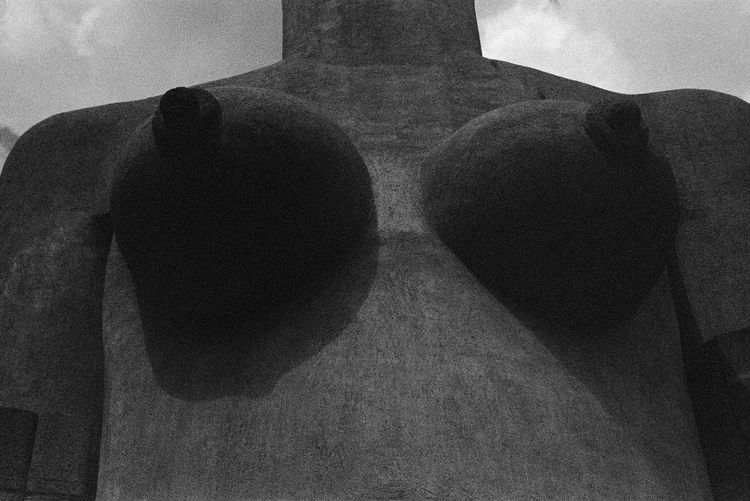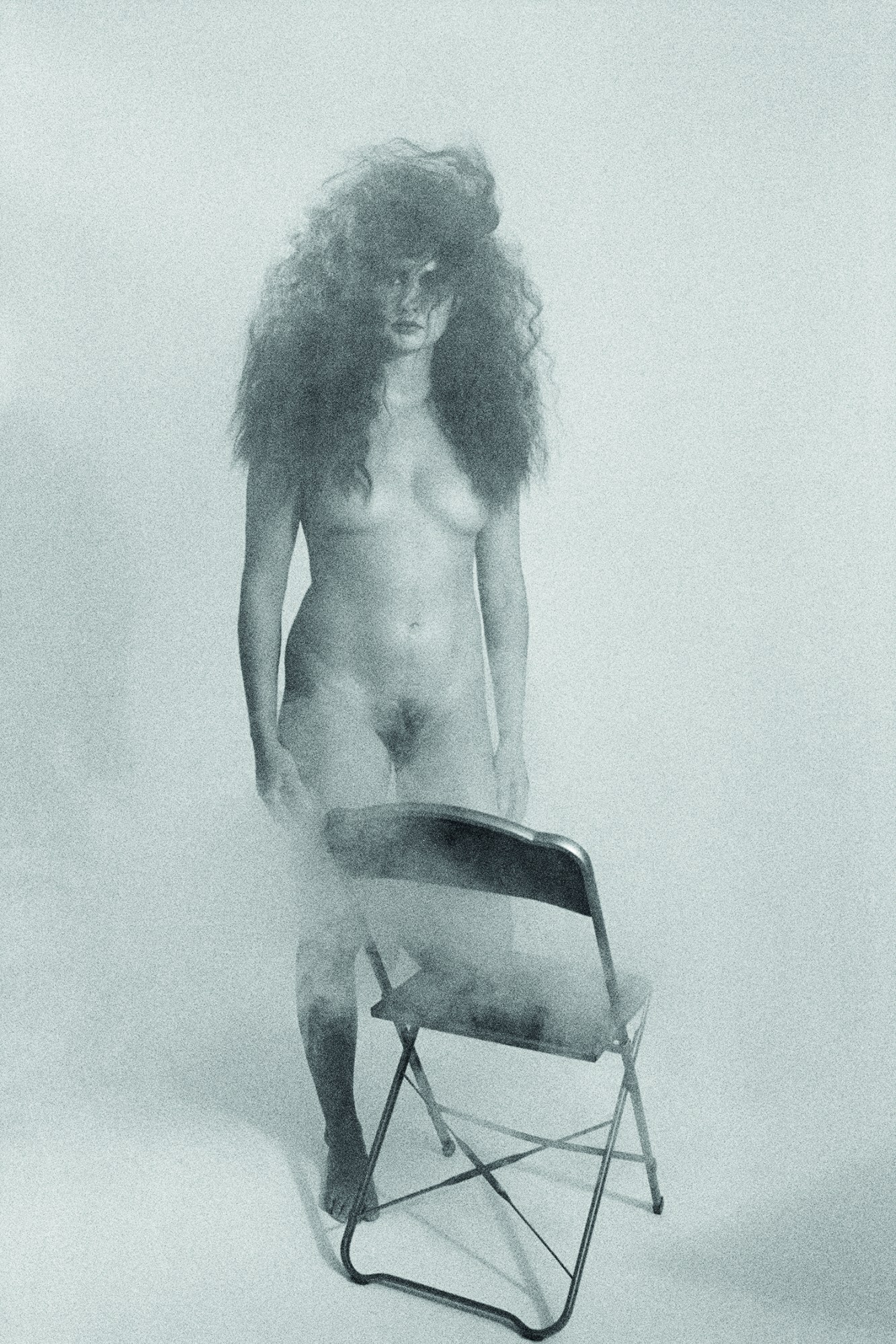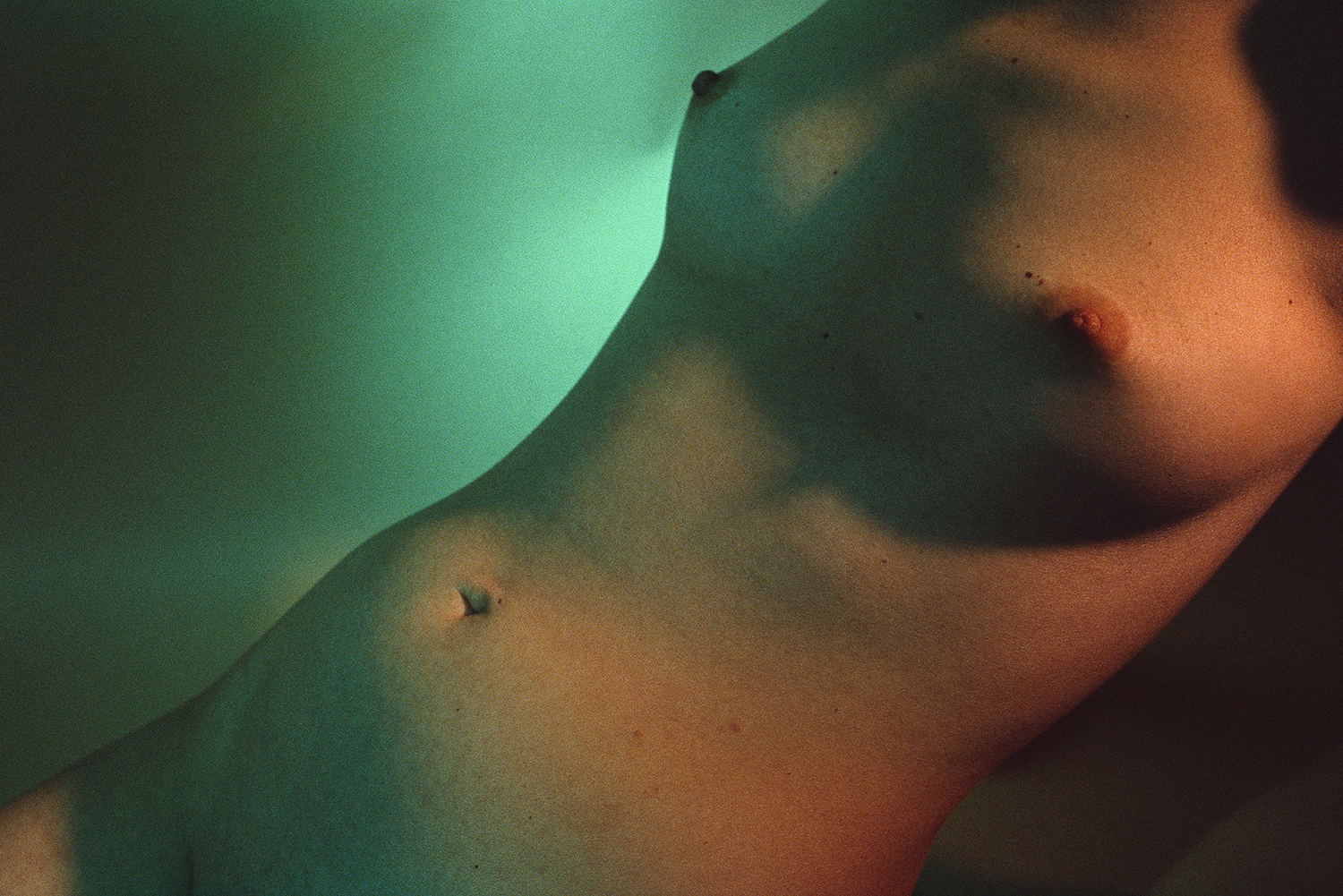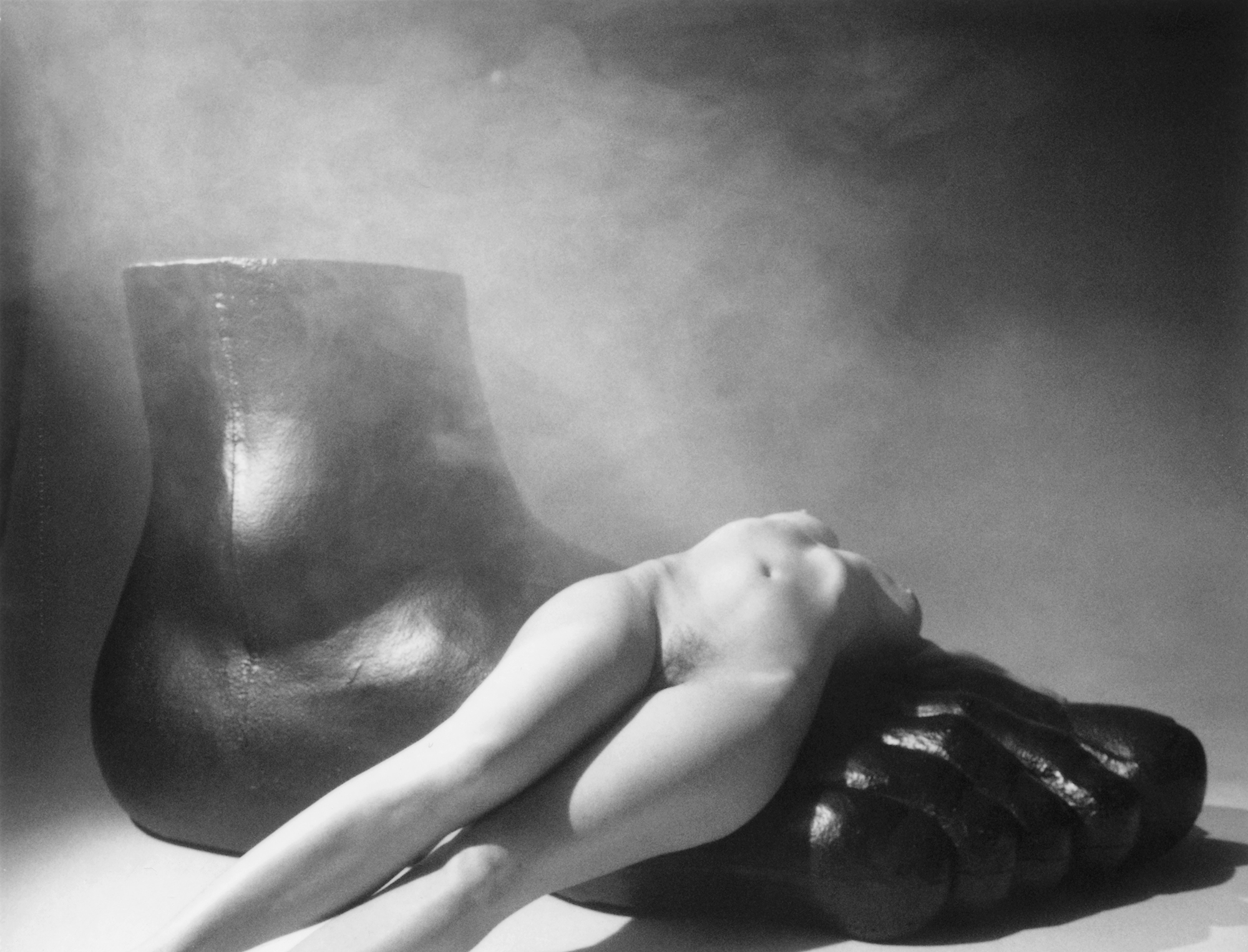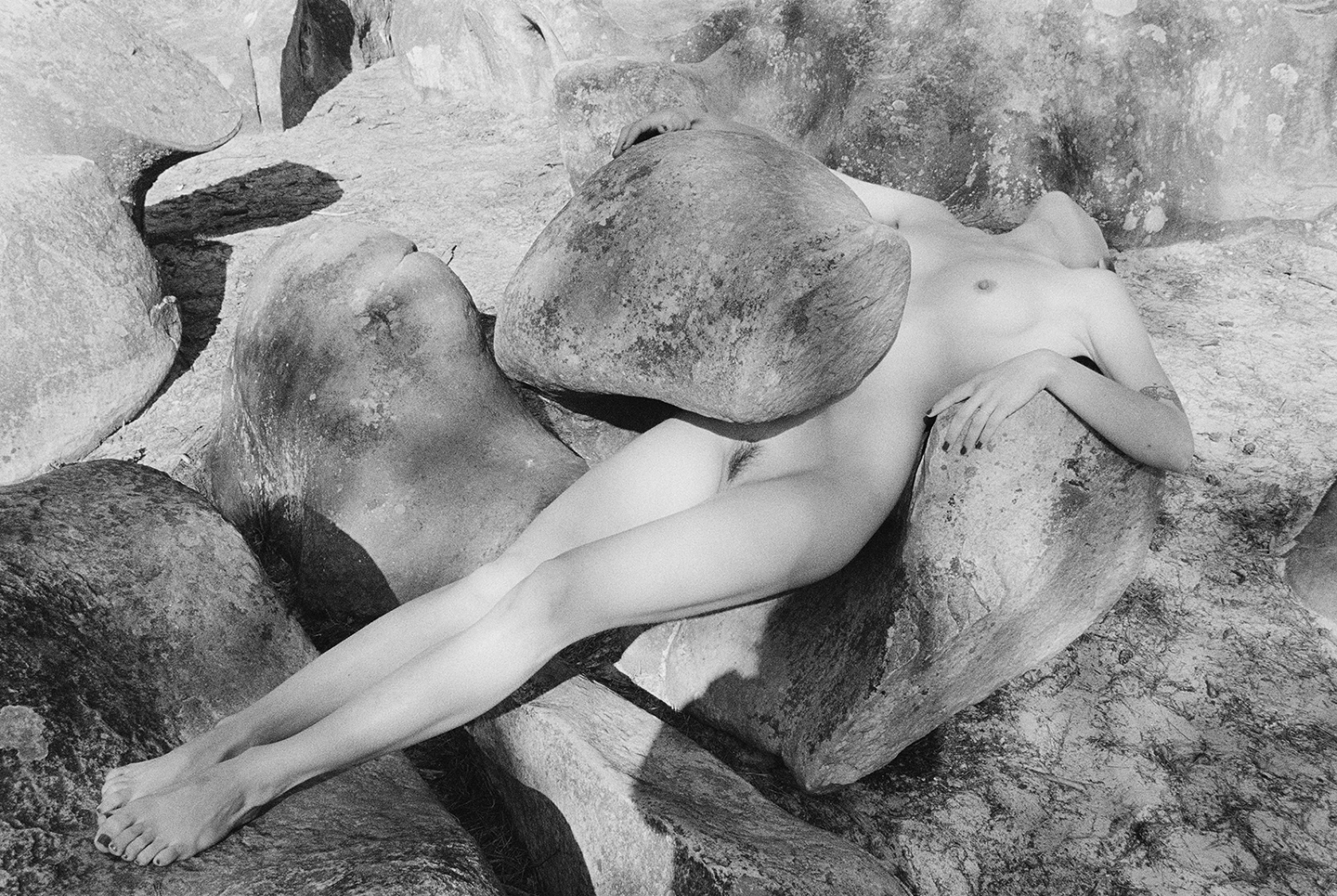This article originally appeared on VICE FR
Ever since her days at Purple magazine, Camille Vivier’s work has alternated between fashion commissions and personal projects, while her inspirations come from cinema, sculpture, feminism, fantasies and obsessions. Vivier recently released Twist — a collection of photographs of women that span the last 10 years. We met with her to discuss how she’s redefining the notion of femininity — on and off camera.
How did this book come about?
The editor, Jurgen, got in touch with me first. I have always wanted to put together a book, but I never really get the time for that kind of project; I don’t really work in a serial way. After our initial meeting, Jurgen took a deeper dive into my body of work and we put together a book based on photographs that span a decade. There is definitely an element that ties all the pictures together — a sort of binary linking the female body with anthropomorphic forms, sculptures, architecture and objects. It was all a little bit like working on a puzzle.
How come you ended up focusing on the female nude?
First off, I think it stems from a desire to break away from wearing clothes, to erase social markers. Clearly it shows a desire on my part to work on nudes as a pictorial and classical genre — to re-interpret them in my own way.
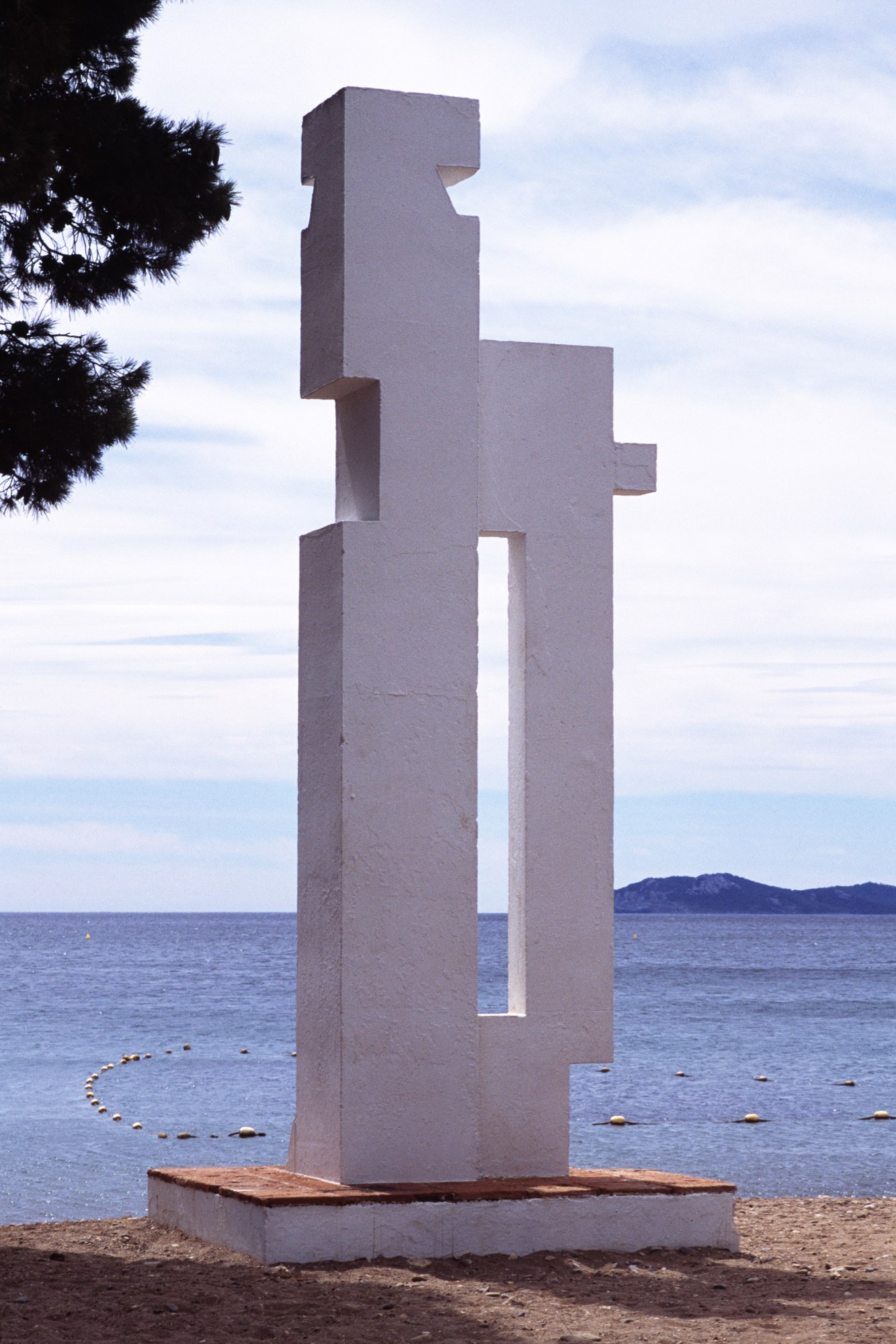
Where do your influences come from?
It’s often something I read or a film I see. Then, in terms of the form, I work a lot with light, so that is key in shaping the image. I focus a lot on architecture and composition. And design, of course.
Looking through the pages of Twist, I see some poses which could be deemed more academic, yet you also seem to find great delight in blasting clichés wide open.
Yes, I twist them. That’s the whole concept of the book – to twist something on its axis in order to create room for humour. A reference that’s at once pop and obsolete; a little bit mannered and contemporary. I really like the idea of twisting references, playing with artifice.
Would you ever consider crossing over into sculpture?
Sculpture, no, but working on the photo as if it’s an object, yes. It’s a matter of not thinking about the image but thinking about volumes and shapes in space. I also work on frames — in plaster and concrete. I don’t like frames that are too museum-like because they don’t express anything. I like it when a frame completes the image, when it’s an extension of it.
You often take photographs of places and things that are a bit offbeat. Abandoned theme parks, bizarre sculptures, dinosaurs made of concrete… Where do you find these spaces that seem like lost lands?
I do my research. These things might seem like archaeological relics, but actually, much of it is just outside of Paris. You see those kinds of sculptures a lot in the south suburbs. There’s a spot I really like, by the Marne river, where a professor has made sculptures out of the stone blocks of a bombed bridge.
Then you have places that are a bit more monumental, like La Scarzuola in Italy — a convent restored by architect Tomaso Buzzi. But I usually prefer to photograph the details; I’m not necessarily trying to document the space in its totality. I really like the sculptures which haven’t passed into posterity, they’re just part of the decor. People pass by them, yet don’t really see them anymore… like that huge staircase in the shape of a woman in a park in Ivry.
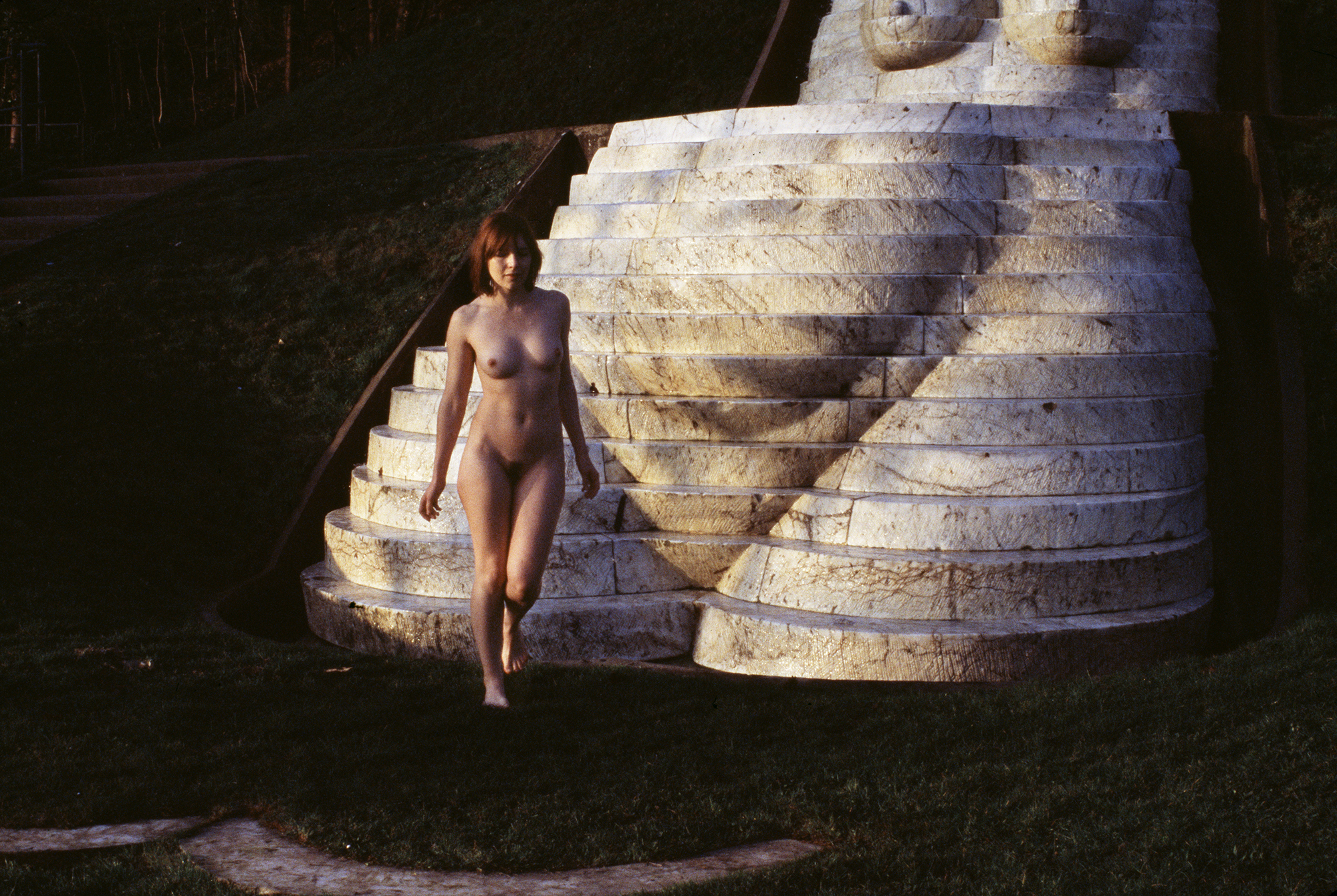
And how come you choose to photograph women almost exclusively?
I don’t really know; it has to do with a feeling, with identification. I like the idea of a mythological world populated by women. The other day, someone asked me when I first became aware of the concept of glamour, and I realised it was when I was little, when someone gave me a Divine colouring and cut-out book.
Divine? As in, John Waters’ Divine?
Yes, that Divine! The issue of identity always intrigued me. I like women who are super made-up, feminine and strong all at once. Well, women or men!
What is it that fascinates you about women?
I admire female characters. Wounded women, strong women, ambivalent women. I always think about Italian singers like Mina — divas who weave stories about impossible love.
Do you think you’ll quit fashion photography one day?
No, I really like fashion and clothing. I’m very inspired by it. Fashion photography gives me ideas for other images. It’s pretty organic, my way of working. But yes, I’d like to do more exhibitions, have collectors — and obviously, sell my work!
Scroll down for more of Camille’s work:


